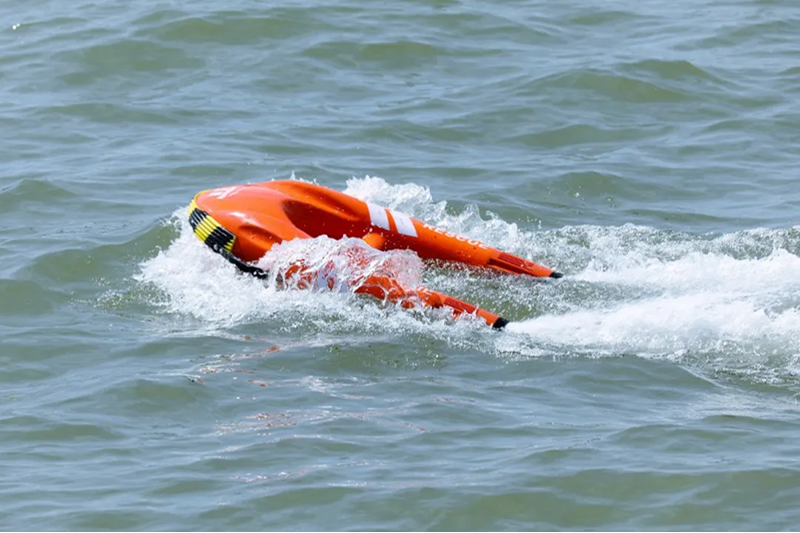The Rise of Electric Surfboards in Modern Water Sports
How Electric Surfboards Are Reshaping Personal Water Recreation
Electric surfboards are changing how people experience water sports because they don't rely on waves or special weather conditions anymore. With batteries powering these boards, riders can hit speeds around 35 mph even on calm lakes, slow moving rivers, or out in the open sea. The boards mix the excitement of regular surfing with something closer to riding a jet ski. Traditional surfing takes ages learning to read waves properly, but electric versions make it possible for total beginners to get going fast thanks to simple remote controls. Newer models now handle riders up to about 200 pounds and give roughly 30 to 45 minutes of fun per charge. That means most adults can actually afford to try this stuff, which aligns with what we see from recent water sports participation numbers showing about 85% accessibility among adult populations.
Core Technology Behind Electric Surfboards and Market Adoption Drivers
The surge in adoption stems from lithium-ion batteries achieving 400—600 Wh capacities and brushless motors delivering 10—15 kW power outputs. Manufacturers now integrate smartphone-controlled dynamic stability systems that automatically adjust thrust based on water conditions, reducing wipeouts by 40% compared to early models. Key market drivers include:
- 55% shorter learning curves than traditional surfing
- Zero emissions during operation
- Portability (most models weigh under 30 lbs)
Pioneering Brands and Their Influence on Consumer Behavior
Early innovators have established three distinct market segments through strategic engineering choices:
| Segment |
Key Feature |
Target Demographic |
| Recreational |
8—12 mph max speed |
Families, beginners |
| Performance |
25—35 mph speeds |
Experienced riders |
| Hybrid E-foils |
Hydrofoil + motor |
Tech enthusiasts |
This segmentation has driven a 300% increase in global sales since 2020, with 68% of new buyers citing brand-led sustainability initiatives—such as recyclable battery programs and solar charging compatibility—as their primary purchasing motivator.
Key Technological Innovations Driving Electric Surfboard Performance
Advances in Battery Life and Energy Efficiency
Today's electric surfboards can run anywhere from 45 to 60 minutes on a single charge, which is about 60 percent better than what was available back in 2020. Top brands have started using these cool modular battery packs that let riders swap them out quickly during a session something really important for pros who need their boards running nonstop. The smart energy system actually changes how much power flows depending on how hard someone is riding, so regular folks get about 20% extra juice when just hanging around compared to older fixed output systems. Makes sense really anyone would want longer rides without constantly stopping to recharge.
Next-Generation Propulsion Systems for Enhanced Speed and Control
Dual jet thrust units deliver 15 kW of power, propelling boards to 35 mph while maintaining stability via adaptive torque algorithms. These brushless marine motors operate at 85% efficiency—40% higher than early prototypes—enabling precise speed modulation for wave climbing. Waterproofing advancements now withstand 10-meter submersion depths, doubling the operational safety margin.
Smart Controls and Customizable Ride Modes for Personalized Experiences
Remotes with Bluetooth connectivity come with three different programming options for riders at various skill levels: beginner, pro, and torque mode. The smart stability system helps new users stay upright too, cutting down on falls by around half according to testing data. When it comes to battery management, GPS tech keeps an eye on remaining charge levels as riders move across different areas. If power gets low enough (below 25%), the system will figure out the best way back automatically. For those looking at premium models, there's something pretty impressive happening under the hood. These top-tier units adjust their power delivery based on changing wave conditions almost instantly - we're talking responses in just over a fifth of a second, which beats what most humans can react to naturally.
Electric vs Traditional Surfboards: Performance, Accessibility, and User Experience
Speed comparison: How fast do electric surfboards go? (Up to 35 mph)
When it comes to speed, electric surfboards really stand out. Top models can hit around 35 mph or so, which is about three times faster than regular boards that depend on waves for momentum. Traditional surfing speeds usually range between 6 to 12 mph based on how big the waves are, but electric versions keep going strong thanks to their motor systems and battery power. What makes these boards special is they cut out all that annoying paddling time newbies often waste trying to catch waves. Instead, riders get immediate speed boost whenever they want, even when there's no wave action at all.
Riding experience for beginners and advanced users
Electric surfboards designed with stability in mind are much easier to get into, thanks to their wider 30 inch decks which cut down on falling incidents by around 40 percent when compared to the smaller 19 to 22 inch boards most people are used to. These boards come equipped with three different speed settings (5, 15 and 25 mph), allowing beginners to slowly work up their confidence level before moving on to faster speeds. For those who want to push harder, there's something called torque vectoring that helps create those tight turns and aggressive maneuvers. But pushing things all the way to 35 mph requires serious balance skills something about 78 out of 100 riders say they finally figure out after about 20 practice runs, whereas it takes over 50 tries for folks using regular wave powered boards to reach similar proficiency levels.
Sustainability and Environmental Impact of Electric Surfboard Technology
Eco-friendly developments in motor surfboard manufacturing
The surf industry is getting greener as manufacturers roll out creative ways to cut down on environmental impact. According to the latest Maritime Tech Report from 2023, nearly two thirds of all new electric surfboards being made today actually incorporate recycled ocean plastic into their design. This has helped keep around 14 metric tons of plastic waste from ending up in our oceans each year. Top companies in the space have started using factories powered by solar panels and switched to water based glues for assembling boards. These changes alone seem to slash carbon dioxide emissions by about 40 percent when compared with how things were done traditionally in surfboard production facilities.
| Traditional Materials |
Sustainable Alternatives |
Environmental Benefit |
| Fiberglass-reinforced plastic |
Recycled PET from ocean waste |
72% lower carbon footprint |
| Petrochemical foam cores |
Plant-based epoxy resins |
Biodegradable components |
| Lead-based batteries |
Modular lithium-ion systems |
89% recyclability rate |
Trends in sustainable materials and recyclable battery systems
The industry is transitioning to closed-loop battery ecosystems where 94% of lithium-ion components can be repurposed. Emerging solid-state battery technologies promise 30% longer lifespans while eliminating rare-earth metals. Recent prototypes from R&D labs feature algae-based hull coatings that actively reduce microplastic contamination during operation.
Market Trends and the Future of Electric Surfboard Adoption
Growth of the Electric Surfboard Market and Rising Consumer Demand
Electric surfboards are expected to see pretty strong growth over the next few years, maybe around 28% annually until 2030 or so. People seem to be getting more interested in water sports that don't harm the environment, plus there have been some real improvements in how these boards actually move through the water. Most folks who recently bought one mentioned they care about protecting the planet and also save money compared to those old gas powered boats. The younger crowd, anyone from 18 to 35 years old, makes up almost half of all purchases now. Coastal resorts have started offering rentals which definitely helped people try them out first before buying. Since 2022 alone, the number of people giving these boards a test ride has gone up by about a third.
Balancing High Costs with Increasing Mainstream Appeal
While premium models still command $12,000—$18,000 price points, manufacturers are improving affordability through:
- Modular battery systems reducing replacement costs by 40%
- Leasing partnerships with marinas and surf schools
- Mid-tier ($6,500—$9,000) models capturing 52% of 2023 sales
This pricing stratification helps balance enthusiast demand with broader market accessibility.
Future Outlook: Efoils, Hybrid Designs, and Innovations Beyond 2030
Emerging technologies like AI-stabilized efoils and solar-assisted charging prototypes suggest three key development vectors:
| Innovation Area |
Current Adoption |
2030 Projection |
| Hybrid wave/electric |
12% of models |
34% market share |
| Recyclable batteries |
Pilot programs |
Industry standard |
| Collapsible designs |
3 brands offering |
80% of new launches |
These advancements position electric surfboards to potentially dominate personal watercraft markets as battery energy density crosses the 500 Wh/kg threshold predicted for 2028.
FAQ Section
1. What are electric surfboards?
Electric surfboards are powered by batteries and allow riders to surf without relying on waves, using motor systems for propulsion.
2. How fast can electric surfboards go?
Electric surfboards can reach speeds up to 35 mph, significantly faster than traditional surfboards that rely on wave motion.
3. Are electric surfboards environmentally friendly?
Yes, electric surfboards offer zero emissions during operation, and many manufacturers are incorporating recycled materials and sustainable practices.
4. What is the typical battery life for an electric surfboard?
Modern electric surfboards can run between 45 and 60 minutes on a single charge, depending on usage and model.
5. How much do electric surfboards cost?
Pricing varies with models. Premium electric surfboards can cost between $12,000 and $18,000, while mid-tier models range from $6,500 to $9,000.
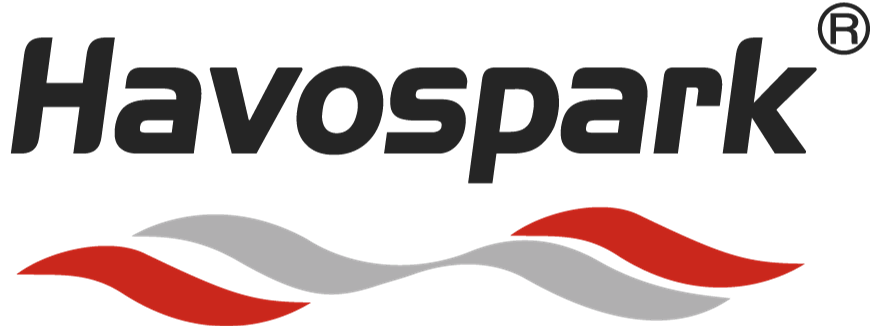
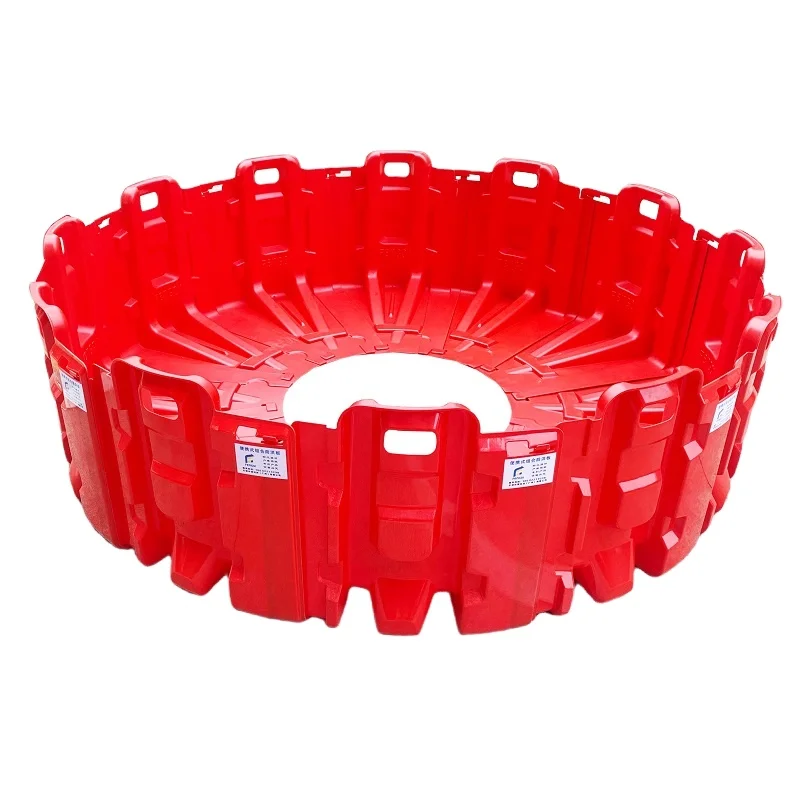
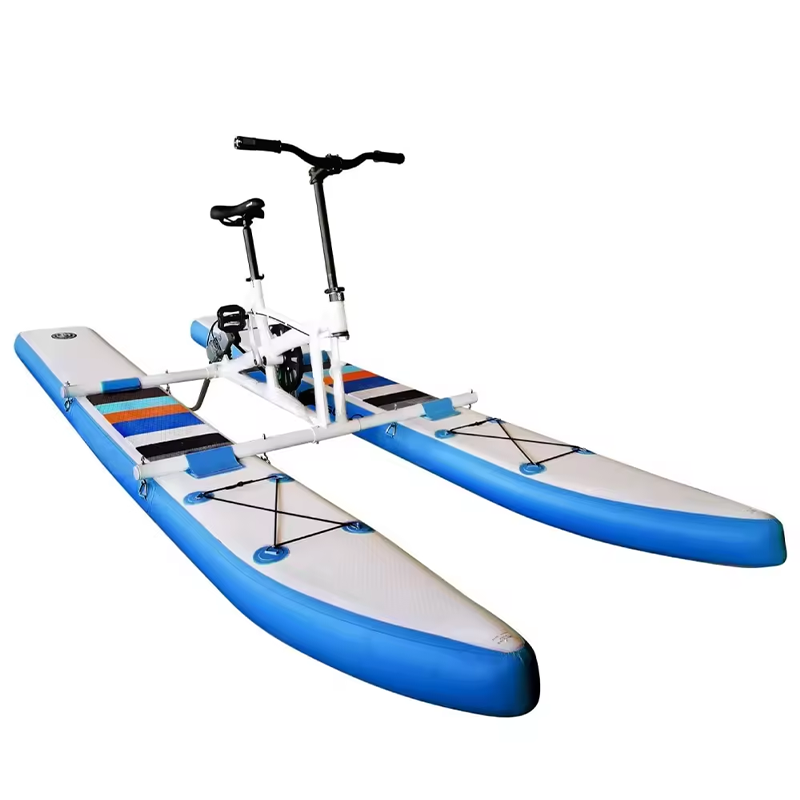
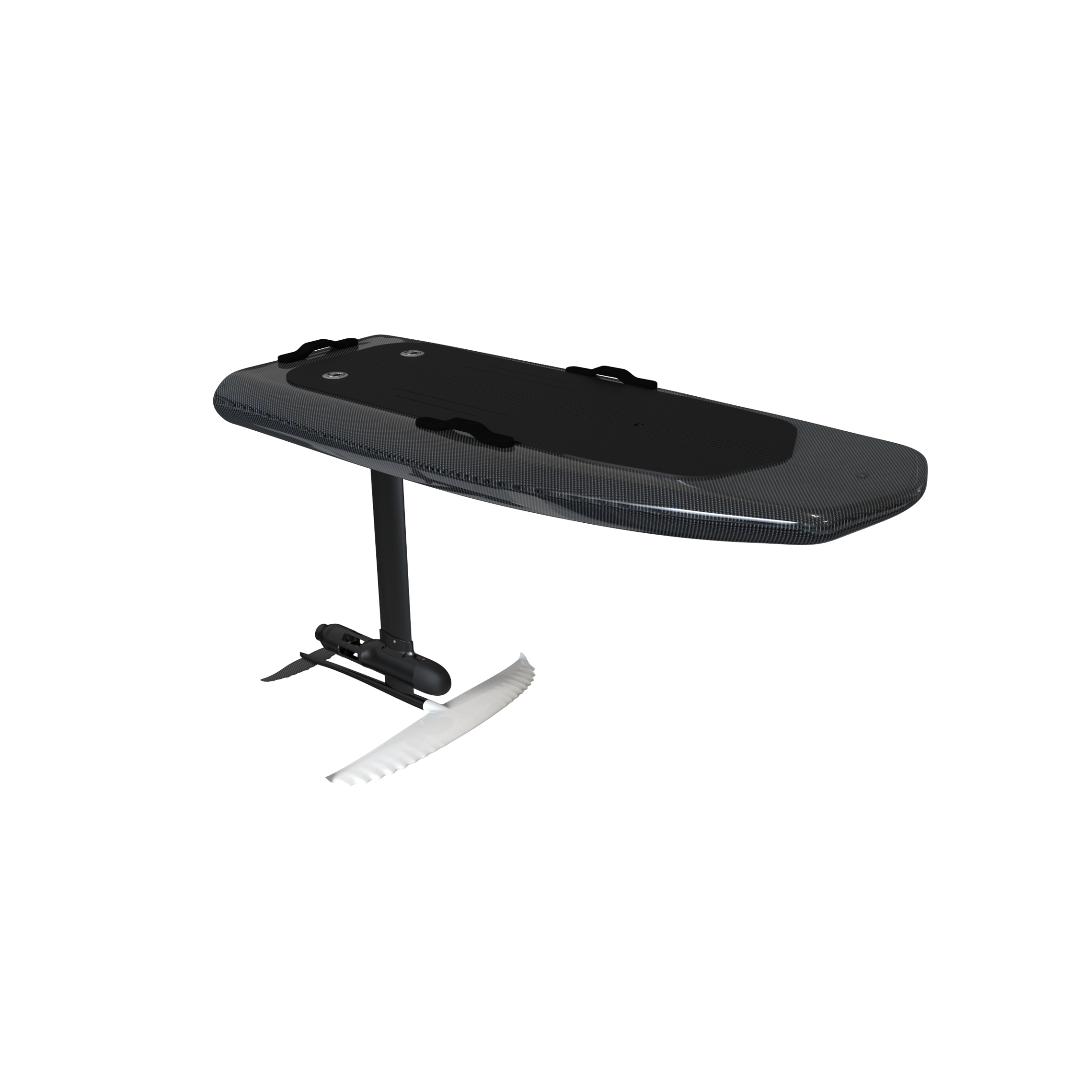
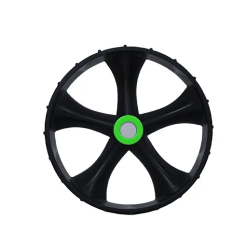
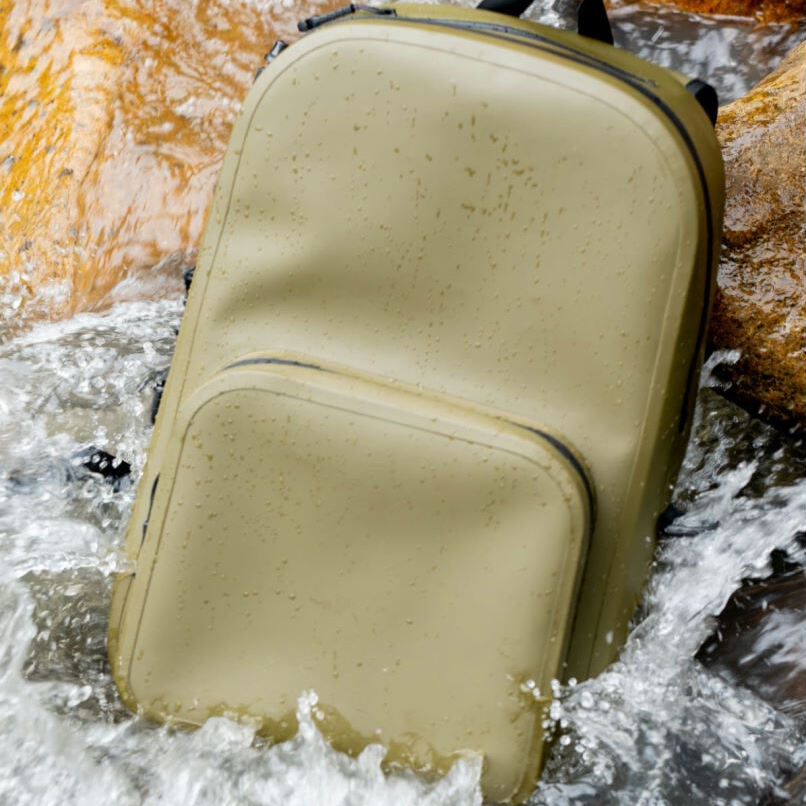

 Hot News
Hot News